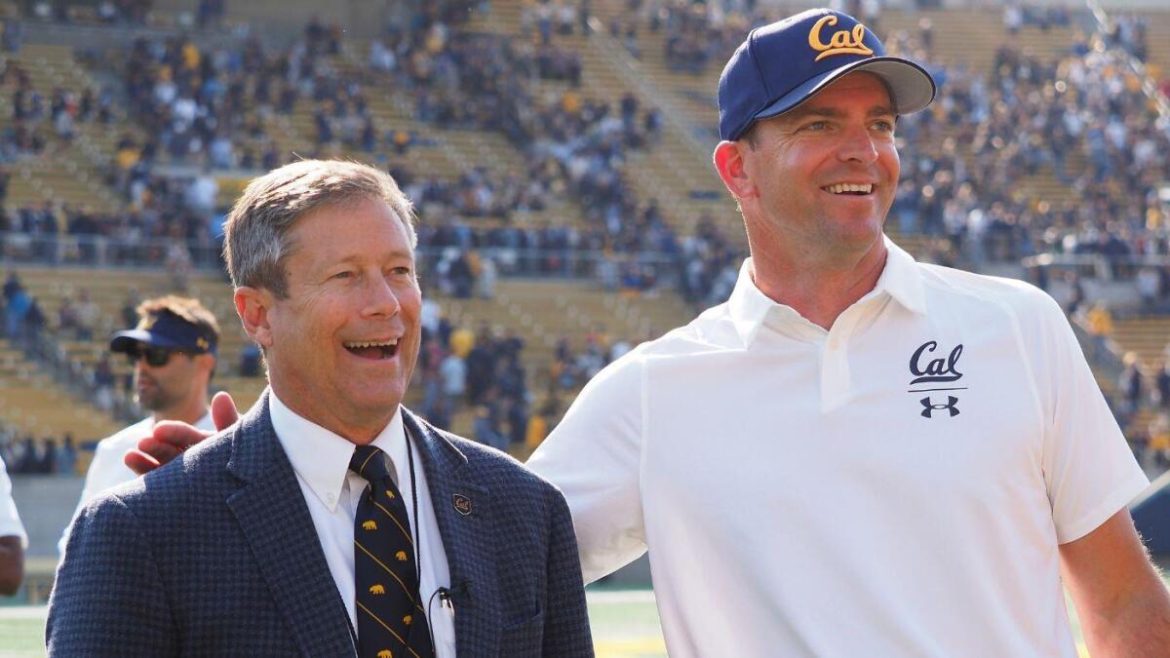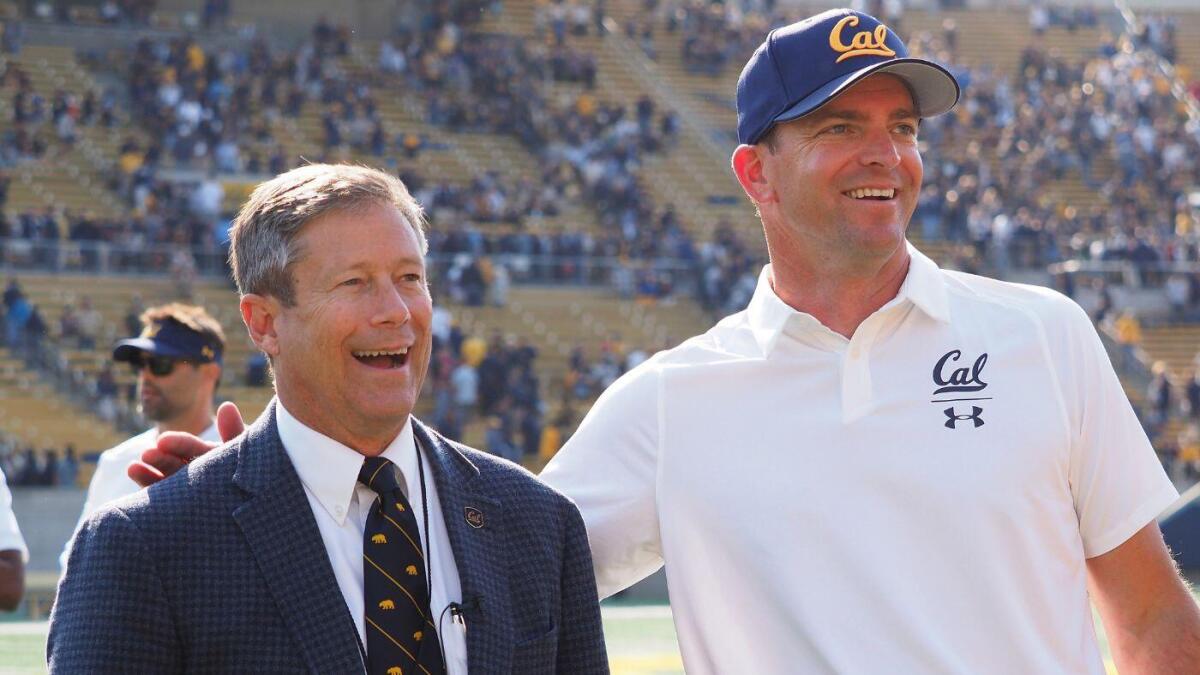Cal Athletic Director Jim Knowlton’s Retirement and the Organizational Shift in Cal Football: An In-Depth Analysis
The University of California, Berkeley’s athletic department is poised for a significant transition as Athletic Director Jim Knowlton announces his retirement, effective July 1. Over his seven-year tenure since May 2018, Knowlton’s leadership witnessed notable successes for the Golden Bears, from national championships to Olympic athlete representation. The retirement, however, coincides with a profound restructuring of the football program’s leadership that underscores Cal’s ambition to recalibrate its sports management and performance trajectory.
Knowlton’s Legacy at Cal: A Storied Yet Contested Tenure
Jim Knowlton’s stewardship over Cal athletics began amid changing collegiate sports dynamics. Under his watch, the Golden Bears achieved ten national championships across various sports and sent over 100 athletes to the Olympics, milestones that highlight the department’s competitive excellence. Moreover, his term encompassed Cal’s critical conference realignment, shifting to the Atlantic Coast Conference (ACC) following the dissolution of the original Pac-12. This move illustrated the department’s adaptability and strategic foresight.
Yet, Knowlton’s leadership was not without controversy or challenge. His hiring decisions, particularly in men’s basketball, drew scrutiny; the recruitment of head coach Mark Fox, whose four-season record was an underwhelming 38-87 before dismissal, mirrored struggles to find consistent success beyond football. Within football itself, a complex and somewhat unprecedented administrative restructuring raised questions about governance and reporting structures under his admin.
Introduction of Ron Rivera as Football General Manager: A Strategic Reinvention
March 2025 marked a pivotal point for Cal football with the hiring of Ron Rivera—an alumnus, former All-American linebacker, and seasoned NFL head coach—as the program’s General Manager. Rivera’s appointment represents an innovative elevation of football administration, bringing NFL-caliber leadership directly into collegiate operations.
The role Rivera assumes involves oversight exceeding traditional confines; he reports directly to Chancellor Rich Lyons, delineating a chain of command that stands somewhat apart from the typical athletic department hierarchy. Meanwhile, head football coach Justin Wilcox remains reporting to Knowlton, an arrangement that initially caused concern among boosters and donors due to perceived ambiguities in authority and responsibilities. However, rumors and insider information indicate that post-Knowlton retirement, Wilcox will transition to report to Rivera, aligning football leadership under Rivera’s purview and consolidating football-specific decision-making.
Donor Dynamics and Financial Implications
This reshuffling intersects with financial realities as some prominent football donors have withheld NIL (Name, Image, Likeness) funding pending clarity on Rivera’s influence and role. Booster confidence is critical given NIL’s integral role in modern collegiate sports recruiting and athlete retention. Rivera’s role, perceived as primarily focusing on revenue generation and fundraising in addition to football operations, is crucial to restore donor trust and galvanize financial support for the program.
The restructuring also reflects a broader trend in elite college football to blend professional-management styles into program governance, aspiring to elevate competitiveness via experienced leadership accustomed to operating within high-stakes environments.
Organizational Reporting Structures: A Source of Contention and Transition
The dual-reporting system, where Rivera reports to the chancellor and Wilcox to the athletic director, created a somewhat unorthodox framework. Critics argued it complicated decision-making and obscured accountability, potentially hindering swift programmatic responses. With Knowlton’s upcoming departure, the reorganization appears aimed at streamlining authority: Wilcox’s anticipated reporting shift to Rivera simplifies the command structure, fostering clearer leadership lines and hopefully, enhanced football program cohesion.
This restructuring also fits into the broader context of Cal’s athletic ambitions amid intense collegiate sports competition and the transformed landscape brought about by conference realignments and changing athlete compensation models.
Conclusion: A Strategic Crossroads for Cal Athletics
Jim Knowlton’s retirement marks both the end of an era and a moment of fresh opportunity for Cal’s athletic department. His tenure brought undeniable achievements against a backdrop of organizational complexity and fluctuating team success. The appointment of Ron Rivera as football general manager and the impending consolidation of football leadership under his guidance signal a strategic reset aiming to harness NFL-expert leadership and galvanize donor and fan confidence.
As Cal moves forward, this carefully orchestrated transition could position the Golden Bears to capitalize on elite management practices, potentially reenergizing its football program and expanding athletic success sustainably. The true test lies in how the new leadership framework will translate to on-field performance and institutional unity, shaping Cal’s legacy in the fiercely competitive realm of college sports.





